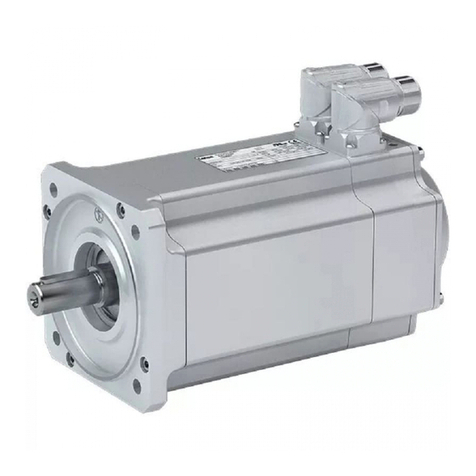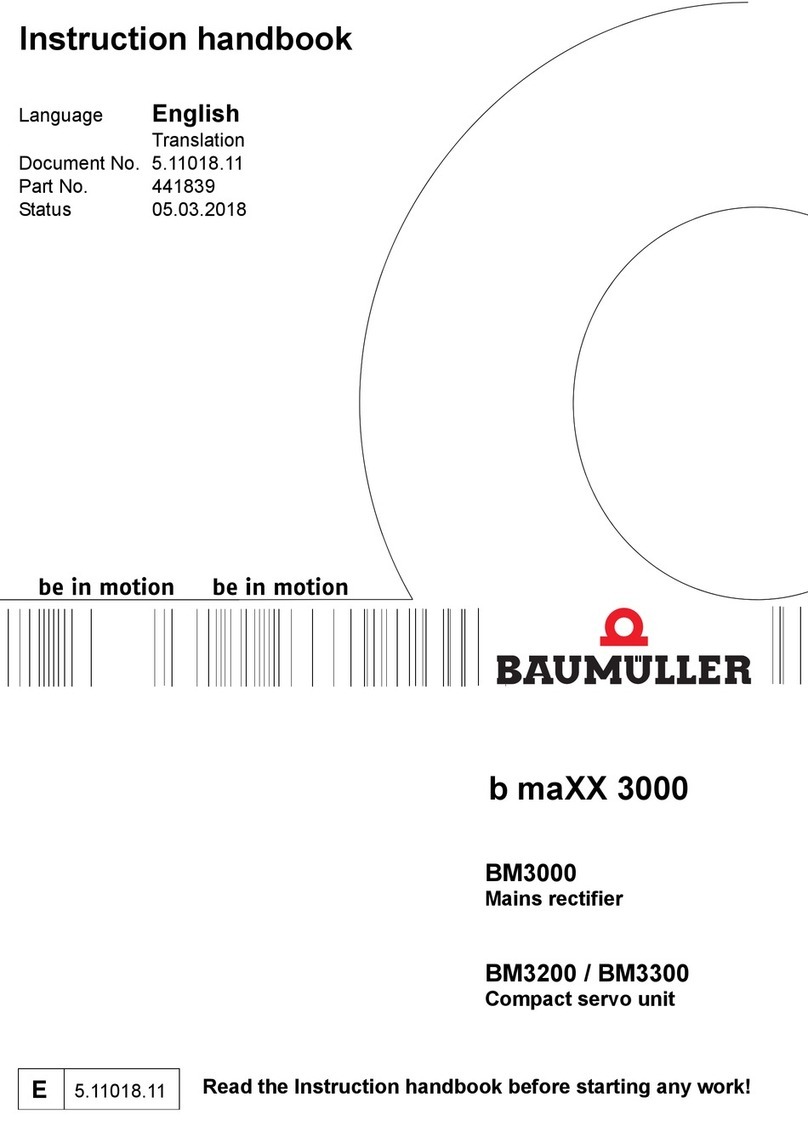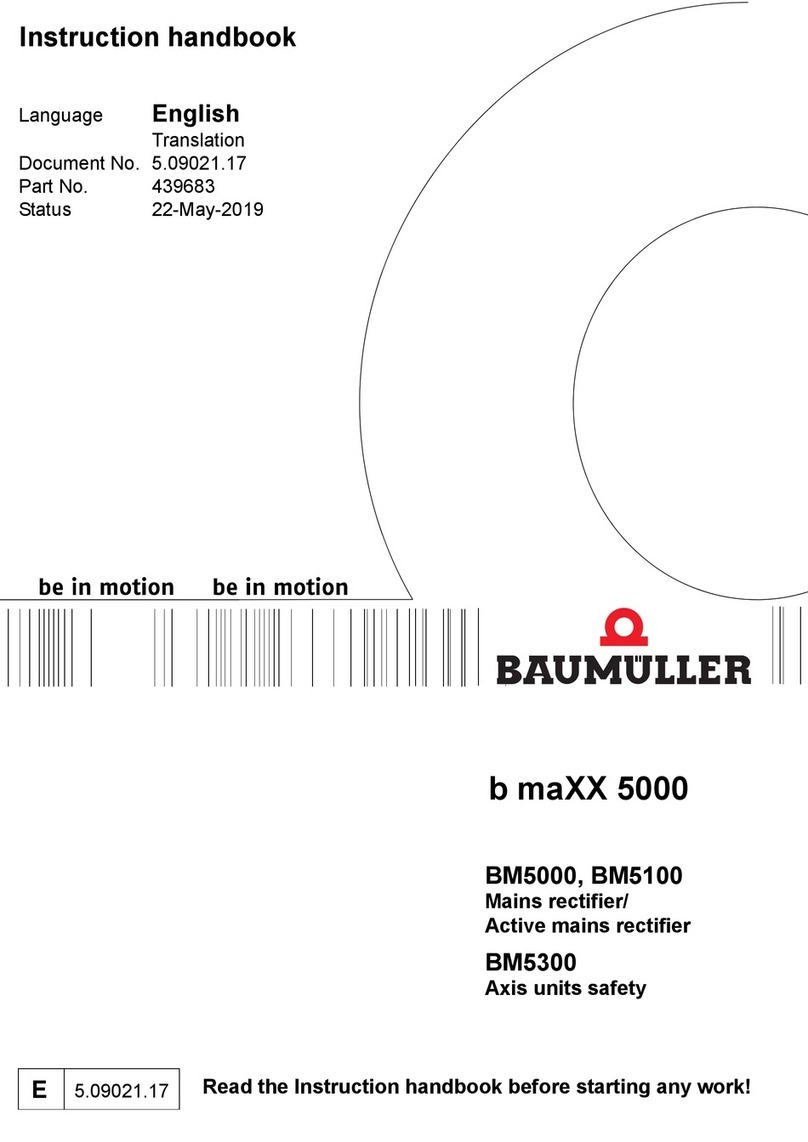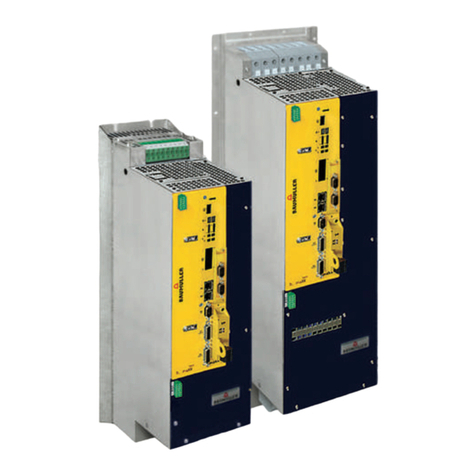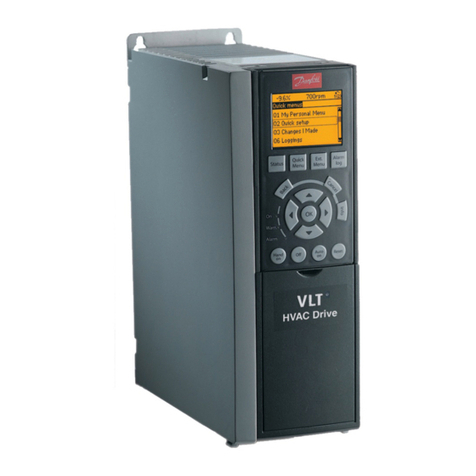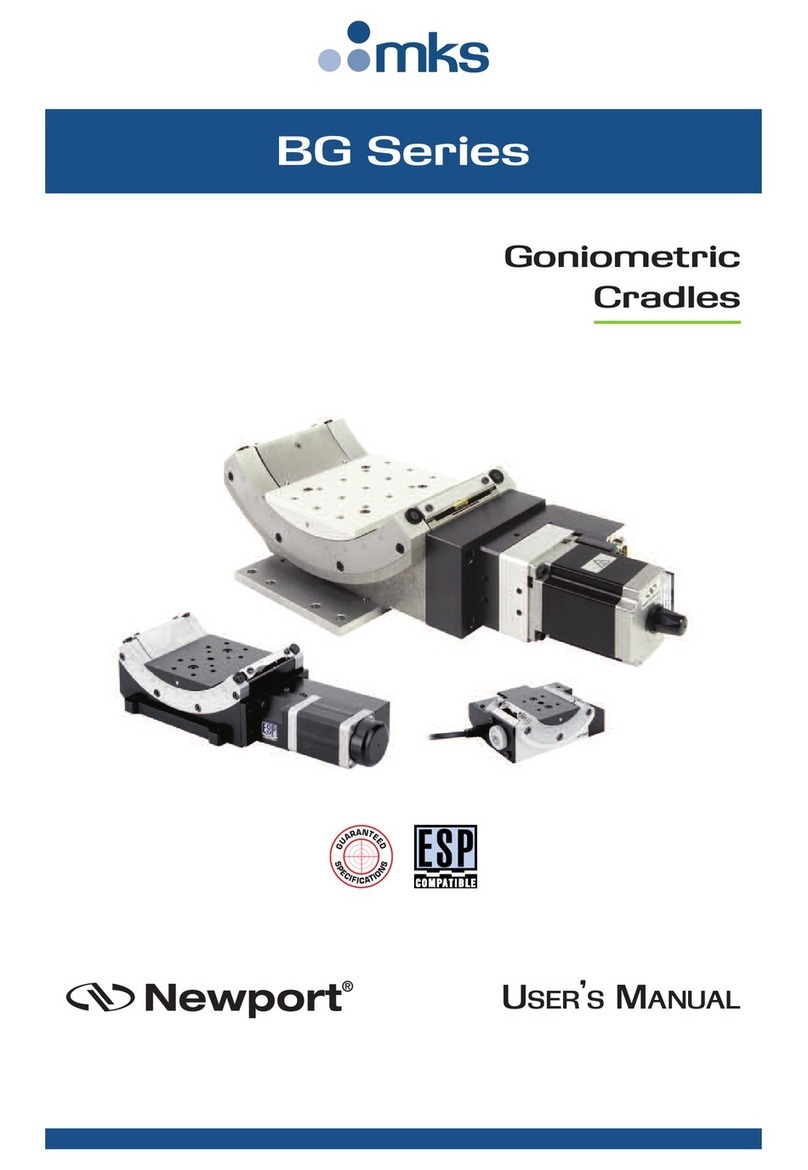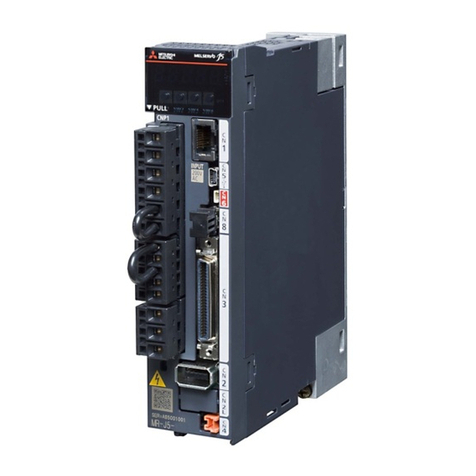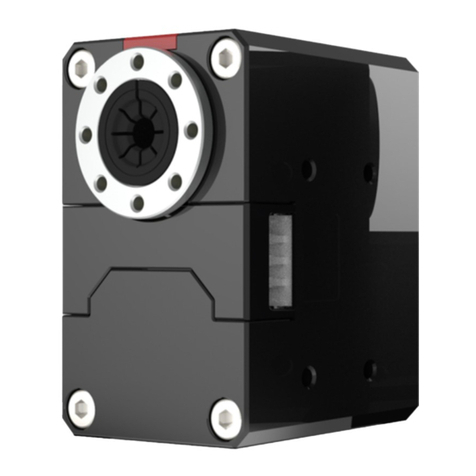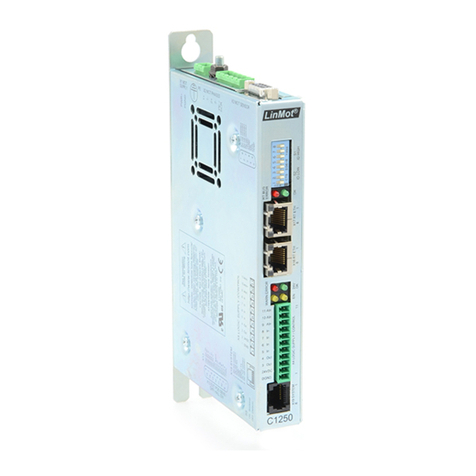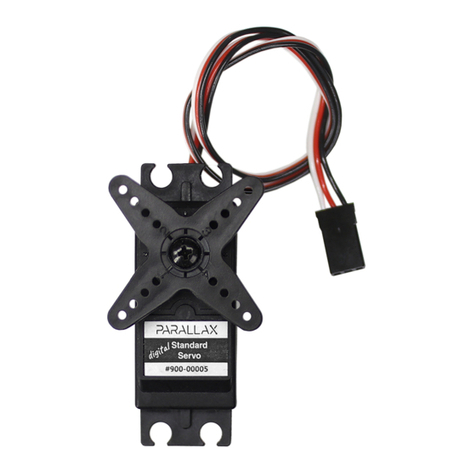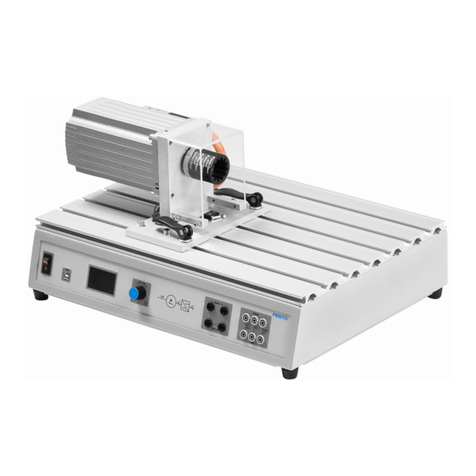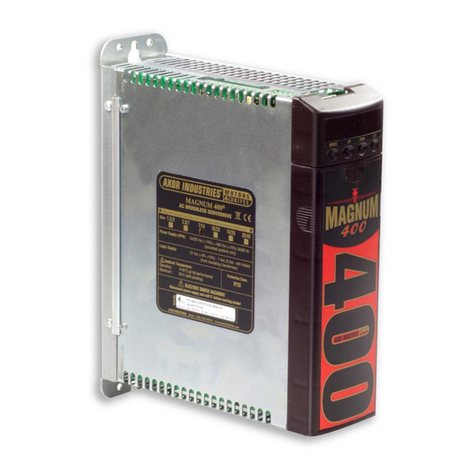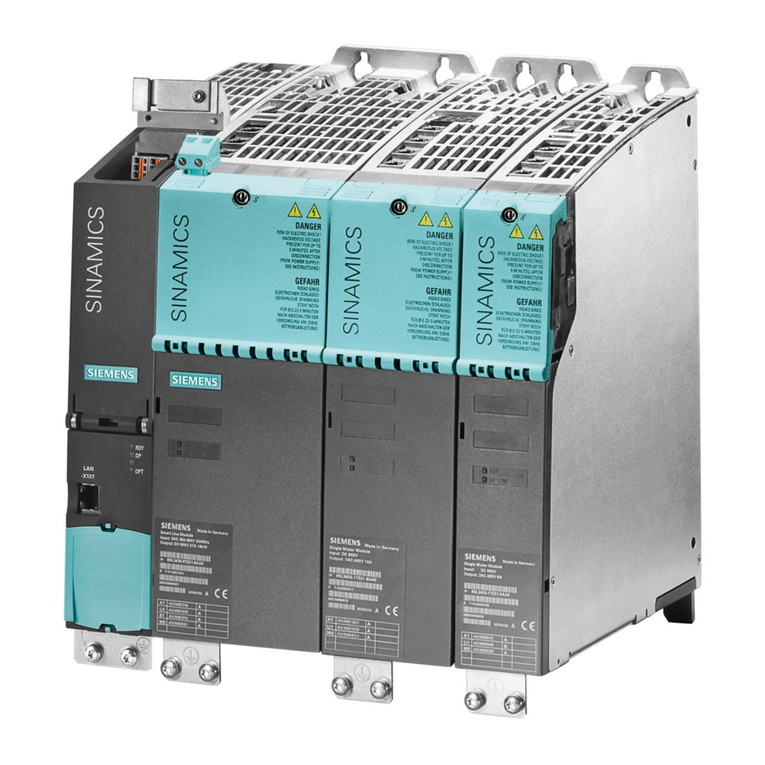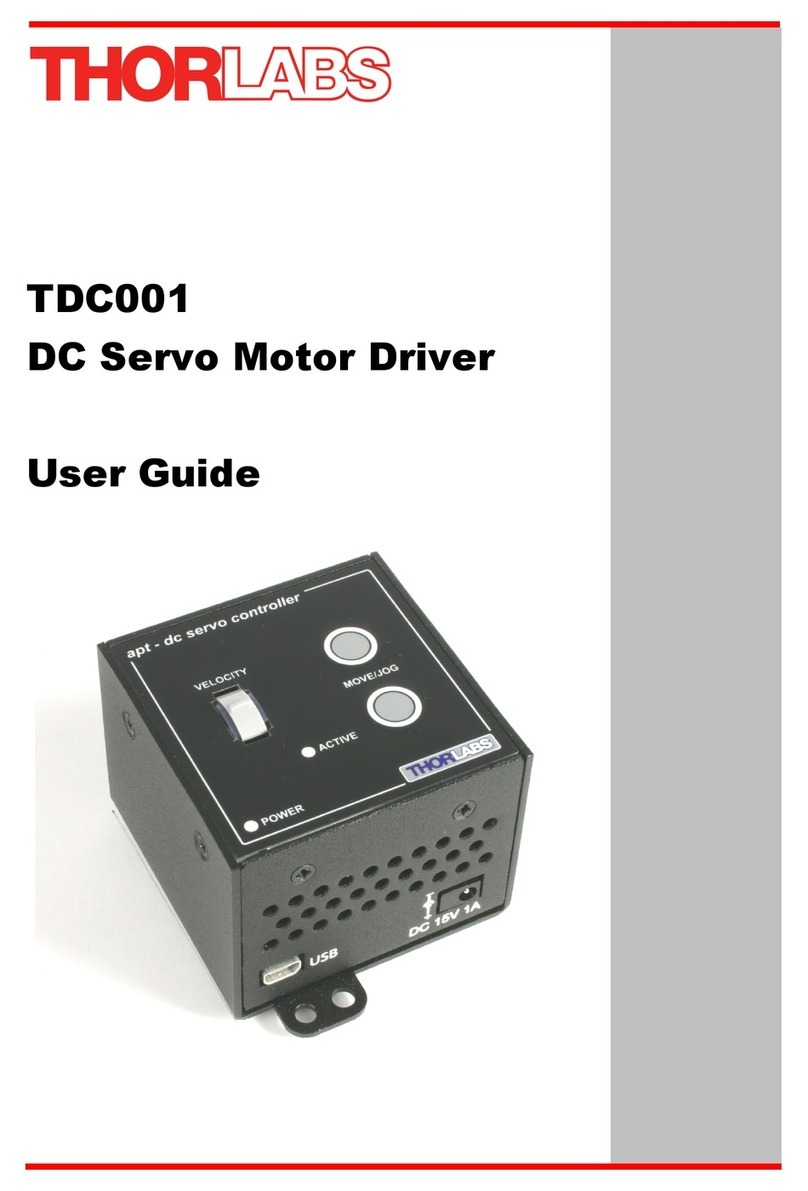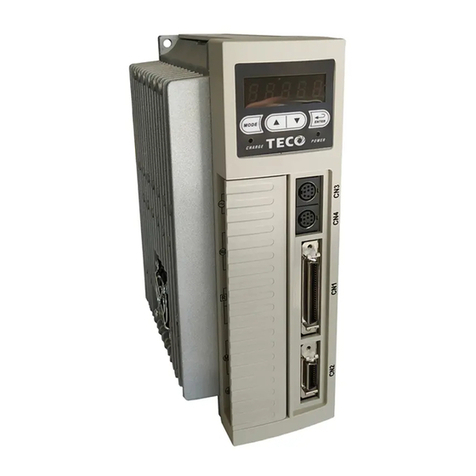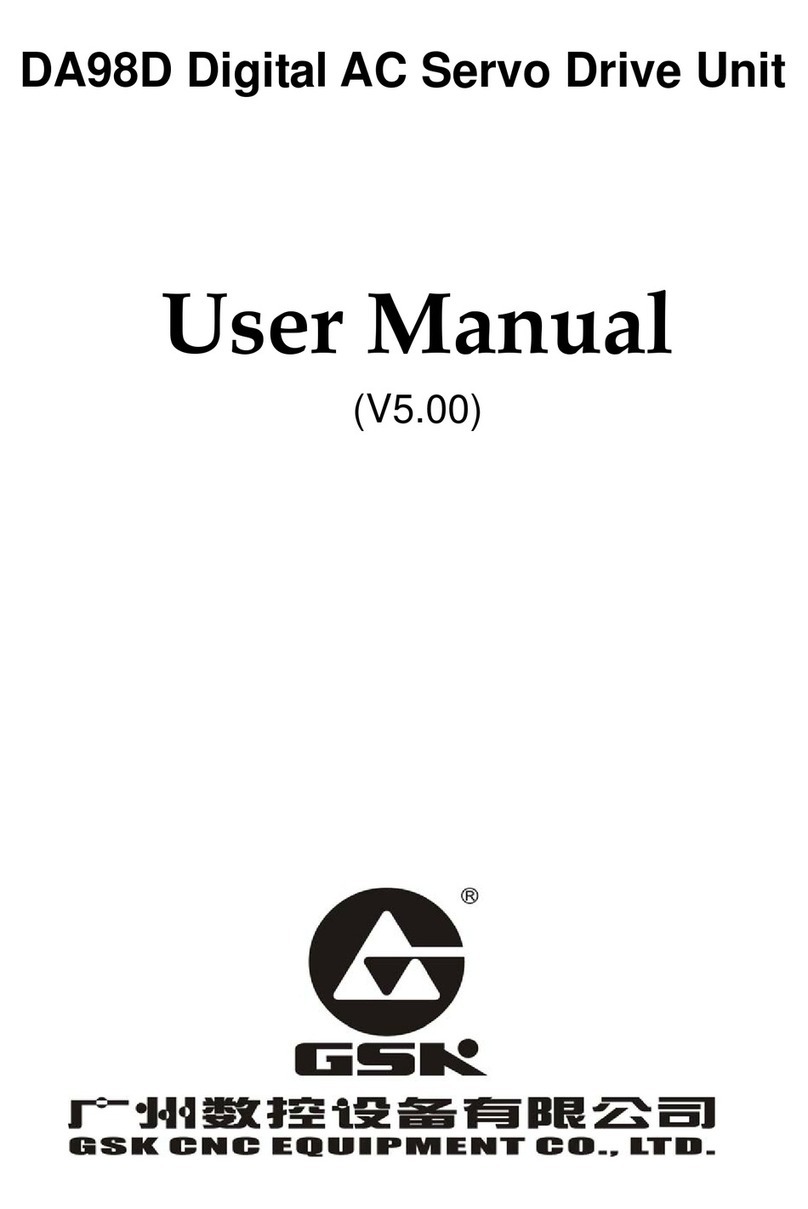
Freestyler 3 & 4
5 December 2012 page 3/5
For the flaps, the pin shall have a mechanical offset towards the leading edge of the wing. A template (12)
is supplied, which allows adjustment of this offset angle.
With factory-installed flap horns in the wings, the actual mechanical servo offset is given by the position
of the bearing support rib and you do not need the template. Just make sure by trimming the servo before,
that the electronic offsets do not deviate from the recommended range above.
When installing the system in an ‘empty’wing, you should use the template (12) to align the drives in the
correct angle (by fine-trimming the servo until the template edges are parallel to the servo sides).If the
offsets leave the desired range, try shifting the excenter by one tooth.
For final mounting of the excenters, now slip the bearings and washers onto the screws. The quick option
is to press the whole excenter assembly on the servo using the sink head screws. Make sure, that the
lower excenter is fully pressed on the servo, so that the screw doesn’t lose tension after short time. If
there is doubt, that this would overstress the thin wall of the recessed excenters, dismount the upper
excenter again and use the flat head screw (13) to create more pressure.
Finally, tighten the sink head screws as much as possible, but without clamping the recessed excenter so
much, that it touches the pushrod side face and causes friction. When having checked, that everything fits,
secure the sink head screws with Loctite.
Fig. 3: Apply a drop of Loctite before finally mounting the excenters on the servos.
Servo assembly mounting
- Remove ~12 mm of the hinge gap seal material for easier pin insertion / ~12 mm Dichtlippe von Klappe
entfernen
- Insert a pin into one flap horn until it is about to exit in the gap between horn halves / Pin in Ruderhorn
einseitig einsetzen, bis er anfängt in der Mitte hervorzustehen
- Insert servo with pushrod assembly into the servo bay (deflect flap down), such that the bearing sits in
the rib hole / Servo und Schubstange einfädeln (Ruder dazu nach unten klappen), bis das Lager im Loch
in der Rippe sitzt
- Move the flap up, until pushrod is centered in the flap horns (manually turning the servo down
simplifies this) / Ruder hochklappen, bis Schubstange zwischen den Ruderhörnern zentriert ist (Servo
manuell Richtung Ausschlag nach unten drehen erleichtert dies)
